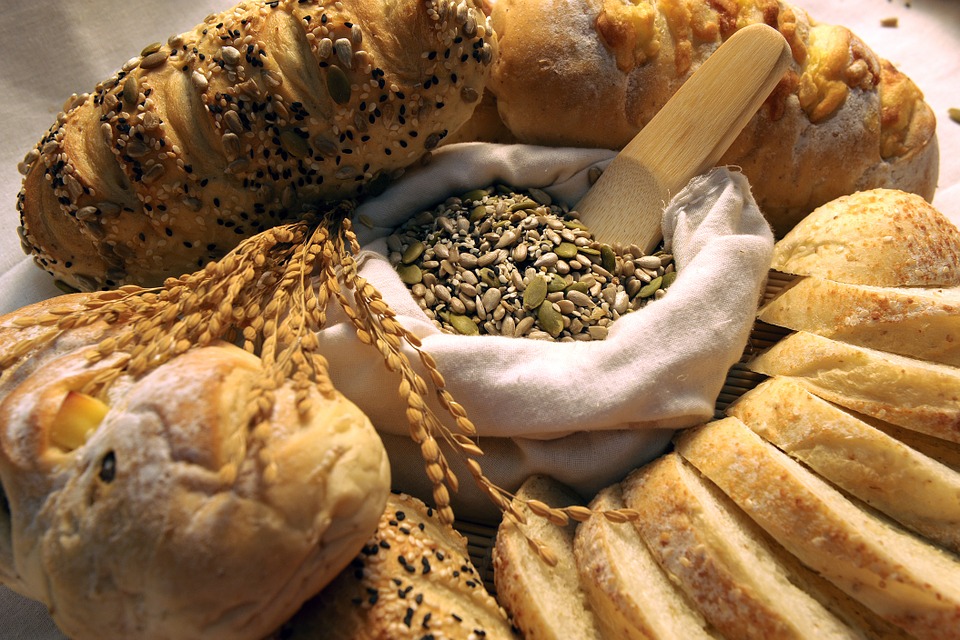
Based on the recent research by Gartner, it was revealed that the amount of Internet of Things (IoT) devices will grow to 20.8 billion by 2020.
"IoT services are the real driver of value in IoT, and increasing attention is being focused on new services by end-user organisations and vendors," said Jim Tully, distinguished analyst at Gartner.
The latest advancements in technology has led to the discovery of efficient and cost-effective solutions that will both transform and revolutionize the current food industry. In the near future, countless connected devices will monitor parameters, including temperature and humidity, as well as the composition of ingredients and products. Large amounts of data will be analyzed in real-time, which will pave the way for improving food safety and increasing quality.
“It’s a difficult challenge in an industry with a harsh production environment and high regulatory requirements,” said Sean Riley, director of a strategic business solutions firm, to the Food Industry Executive. “The real value lies in the ability to completely change the consumer experience and the relationships held between the consumer, the manufacturer, and the retailer.”
At present, different companies are now collecting real-time data related to soil and air quality, crop maturity, weather and more, so that predictive analytics can be utilized to make smarter decisions.
How can the IoT transform the food industry?
1. Food safety
2. Real-time tracking inventory
3. Predictive maintenance
4. Remote monitoring
5. Optimize production processes
6. Addressing critical issues faster
7. IoT sensors to assist farmers
8. Cut waste
Currently, many leading companies are being held back by the systems and devices that they are utilizing. The relative reluctance of the food industry as a whole to join the IoT revolution is what’s stopping companies from progressing. This is impacting finding solutions for issues relating to management processes, scalability, and obtaining visibility and insights on where the business needs to improve.
While IoT adoption is growing, experts have been quick to reaffirm that technology will never replace humans. There are many things that will remain fundamental, such as people-to-people communication. Just because mobile devices and other technologies are available that doesn’t mean they will be the best option for every situation.
“While a machine can perform a given task, often more efficiently than we can, what it lacks is the artistry in the activity, that uniquely human ability to cater to the needs of the individual. The protocol may suggest one approach, but a person who is good at their job understands when to adjust and the subtleties that are required,” TechCrunch’s Ron Miller explained.
Software management firm Telogis states that technology still lacks the functionality that can help in interpreting “eye contact, hand signal, inching forward and other behaviors [that help humans communicate].” They go on to state that technology innovations should complement the human workforce not replace it.
Although industrial the IoT is expensive and time consuming, the smart assistive features of IoT devices are exactly what the current food industry needs to provide better solutions to critical problems in the sector as well as offering real-time and faster services for all.
But, G2 Crowd said it’s not set to happen this year – but we should expect it in the coming years.
“Huge growth was expected in 2016, but it didn’t happen and it may not in 2017, either. It’s still a few years away,” the business software review service explained.
by Allie Cooper
 AllCoop is a seasoned traveller who enjoys good food, vacation experience, and reviewing restaurants and accommodation worldwide. She is in her second year in culinary institute and working on her thesis related to IoT and the restaurant industry. She is working on building her reputation as an innovative and revolutionary chef of the future.
AllCoop is a seasoned traveller who enjoys good food, vacation experience, and reviewing restaurants and accommodation worldwide. She is in her second year in culinary institute and working on her thesis related to IoT and the restaurant industry. She is working on building her reputation as an innovative and revolutionary chef of the future.
Follow Allie on Twitter (@AllieCooper_18) and Google+.
